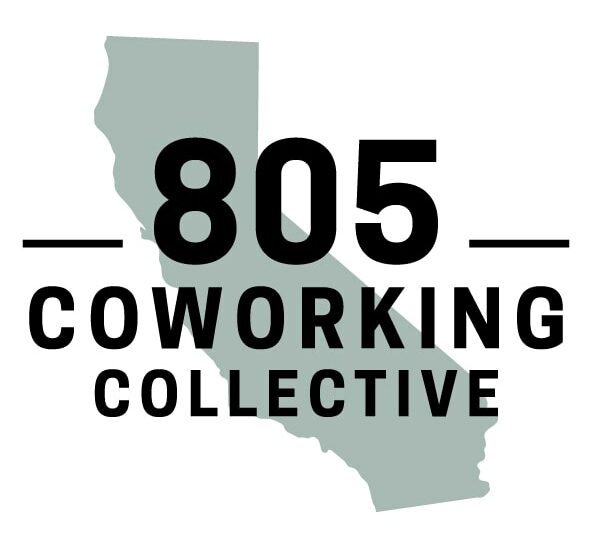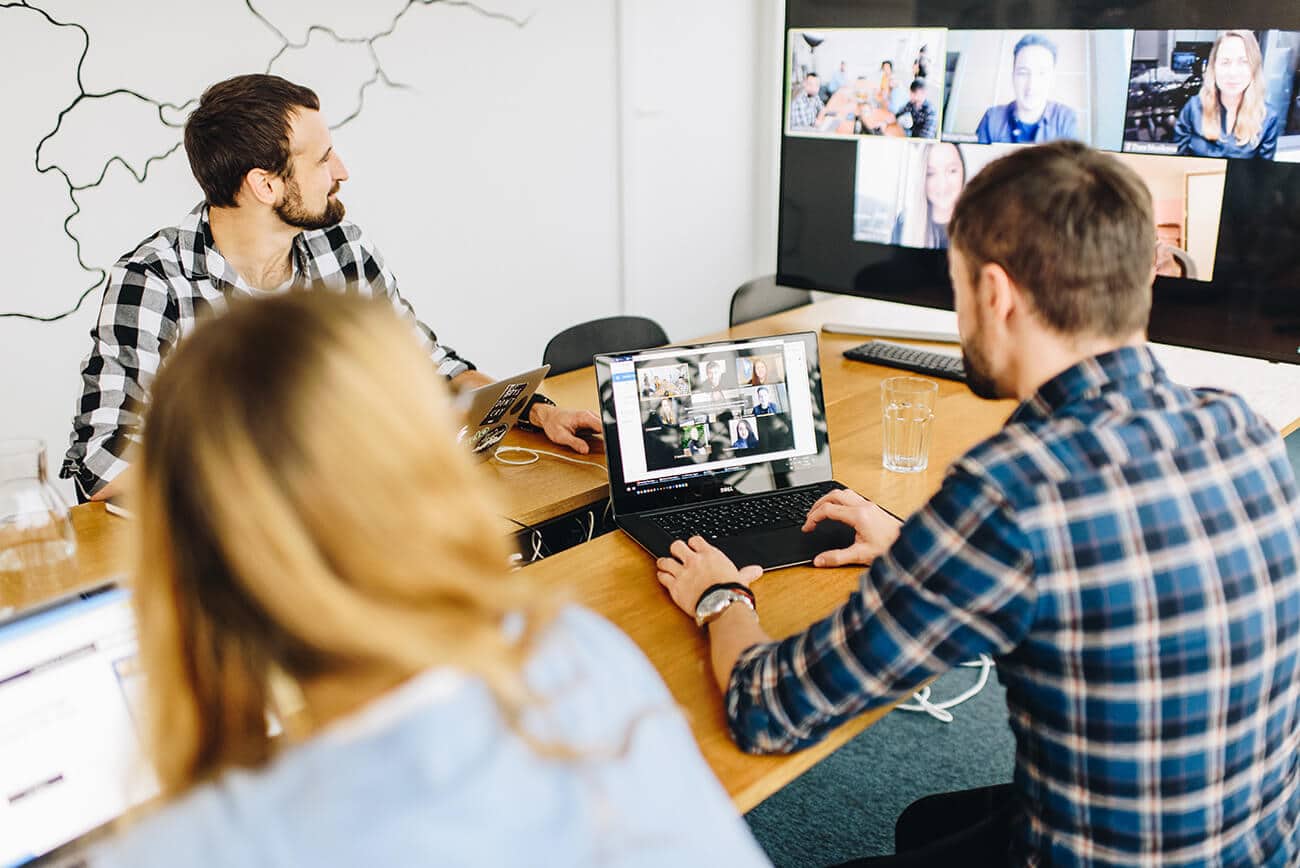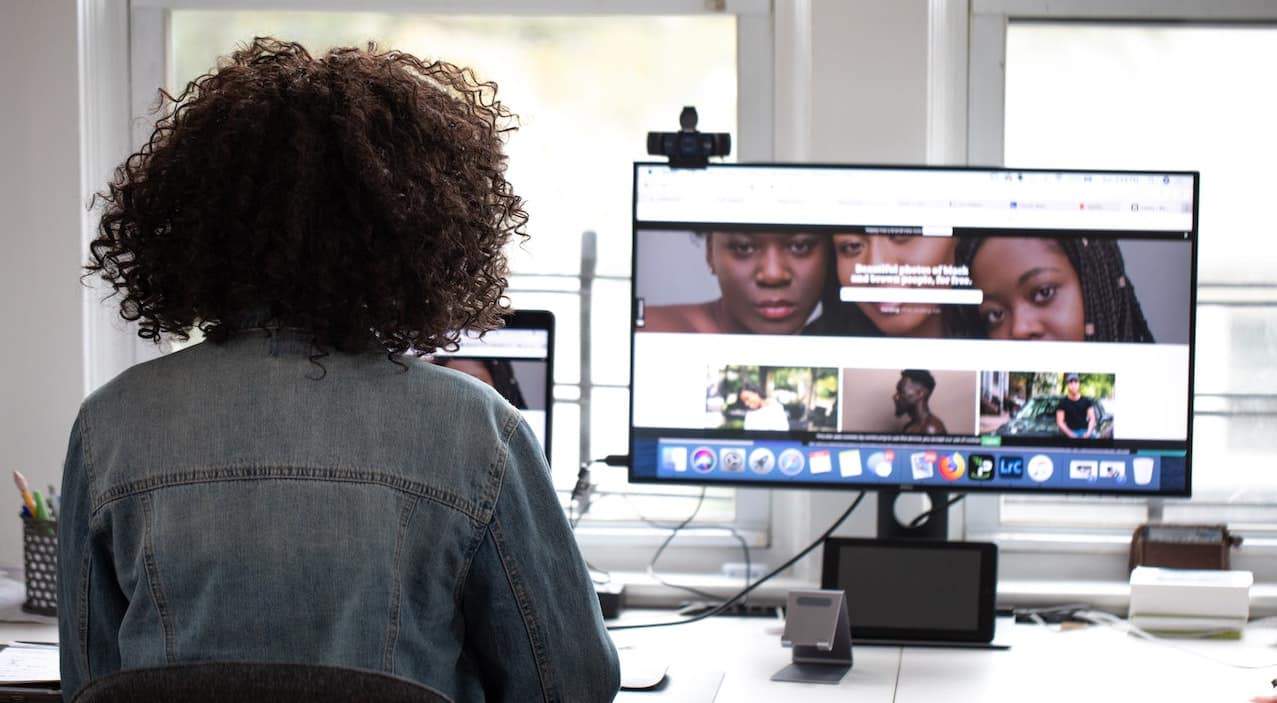Article by Aaron Velasquez
The Future of Work as We Look Ahead from 2021
With the second year of our pandemic-economy coming to a close and a new year just around the corner, there are many lessons and trends to take note of.
Hybrid Work:
With roughly 65% of work being done out of the office, one of the most obvious trends is the rise and mass movement to a hybrid economy. The benefits are clear as companies can spend less on rent and workers can now live practically wherever they want, cut down on time spent commuting, focus on their homelife, and generally have greater control over their schedule. However, such a change doesn’t come without some negative side-effects.
First off, while many people’s social lives are no longer completely stifled, the average employee spends 43% of their day working alone. This may not have been an issue in the office environment of yester-year, but now it means that many workers are physically alone all day and spend half their day on virtual calls with others. While January 2022 is informally being dubbed “The New Labor Day 2021”, with many companies slated to return to the office in Q1 of 2022, there are still a fair amount of companies being uncommunicative of their return plans. This work environment has lead to a decline in worker morale, as many are currently in a sort of purgatory, uncertainly waiting for the call back to the office.
Secondly, there is the rising sense that with employees now being given the option to work from home or come into the office, those that stay at home may miss out on crucial career building opportunities. Higher-ups are often likely to nurture those that they are more familiar with; this means that having a purely virtual work-relationship may decrease the chances that an employee will be promoted or even taken under the wing of a mentor.
Perks, Benefits, and Wages:
Along with this separation between stay-at-home workers and in-office employees, comes a shift in how the perks of a corporate culture will be structured. A couple years ago, many offices were decked out with beer kegs, pool tables, and arcade games; however, now these perks won’t carry much sway over employees if they aren’t in the office utilizing these benefits. Because of this, if an employer would like to maintain their “employer of choice” status, they will have to offer a different set of perks. According to a “Perkbox” survey, employees are more concerned with employee discounts, recognition for their work, more vacation time, at-home entertainment, the choice to work where they please, and free food and covid tests/vaccinations, instead of office games and free alcohol.
There is also a greater emphasis on mental health and employees’ well-being. In April 2019, during the height of the pandemic, an LYRA-NA survey found that 80% of workers felt the pandemic affected their mental health, 62% of workers were worried about their future, and one in ten employees reported thoughts of self-harm or harming others. In the past 19 months, these issues have only become more normalized, making mental health support a highly-requested and important part of an employers set of perks.
Two other major side effects of the pandemic have been record levels of inflation and labor shortages; the former of which has lead to rising prices across the board and the latter leading to an increase in average wages. With all of these shifts happening, many workers are looking for employers that can match their wages to the current economy, making competitive pay one of the most important “perks” an employer of choice can offer.
Labor Force Shifts:
Another important trend to come out of the last couple years has been “The Great Resignation”, with masses of workers quitting their jobs and shifting their careers. According to a study by Adobe, Millennials (25-39) and Generation Z (18-24), are leading the charge with over half of those in Gen Z surveyed reporting dissatisfaction in the jobs and work-life balance. However, the effects of this movement are skewed by age demographics as different generations make their way through the workforce. According to research by Amdocs, while nearly a third of Millenials and Gen Z have left their job or are considering leaving, while less than a fifth of Gen X and Boomers are in the same position.
This seems to largely be driven by “pandemic burnout” as this youngest generation of workers had their formative work years heavily affected by Covid and remote work. Many of these workers are not only looking for better pay and career opportunities, but also more control over their schedules and increased benefits.
Furthermore, many workers quit their jobs and became entrepreneurs; in the first nine months of 2021, 4 million new business applications were filed, a million more than the same time period last year. Among these entrepreneurs, women as a demographic are among the leaders of this trend; according to a study from Northwestern Mutual and OnePoll, 50% of women considering departing from their career path to find something they’re more passionate about, compared to 44% of men. However, women are also facing the financial challenge of childcare costs with many of them either leaving the workforce or pursuing more flexible career paths to watch their children.
Among these various generations, younger folk may find these shifts more difficult as they most likely don’t have the living space to comfortably work from home. On the contrary, older workers tend to more easily be able to set up a separate home office away from daily distractions. This can lead to a problematic work environment in need of being alleviated.
Solutions to Workplace Shifts:
With all these simultaneous trends shifting the workplace, the question begged is, what can be done about it all?
First off, many companies will have to shift their office space usage; according to a survey of New York’s major companies, “A third of employers expect that their office space needs will decline over the next five years.” The conventional model of a fixed office location with a designated desk for each employee may not make the most sense now. With hybrid work, employees don’t need to spend all week in an office at their desk. Instead, employers can run their offices on a “hoteling” or “hot desking” model where employees come in on alternating days, or even alternating parts of the day, and share desks with those who are not currently in. Employers can also forgo the office entirely and adopt a remote coworking model where employees are given the freedom to work from where they please, whether it be in their home or at a local coworking space.
Secondly, employers should be focused on their communication technology as this is literally what connects their employees in the hybrid economy. Virtual and hybrid meetings are here to stay so all employers should have the ability to reliably run one or know someone who can for them. Further, while official business communication has been online for quite some time, the more informal, yet equally important for team building, “water-cooler talk” is also adapting to this remote environment. Some sort of company-wide instant messaging app, perhaps like Slack, is a great way for an employer to help build a tighter work community.
Lastly, as the traditional office increasingly becomes a thing of the past, your new office may be at a coworking space. While remote work can be done from home, a coworking space can offer networking opportunities and a community that you won’t be able to find at home; and for employers, providing your employee with a coworking membership not only shows that you care about them, but can also make them a more productive worker. Further, for the millions of new entrepreneurs, the coworking space can serve as a next step beyond the dining room table.
Not only can it serve as an “alternative” or “third” space for your work, but it also gives you a place for meetings of all sorts and the space to grow your staff.
While all of this applies to just about every location in the US, Santa Barbara, with it’s beautiful climate, geography, and attractions, is an especially desirable area; whether you’re on vacation, working remote, hosting a hybrid meeting, or taking a corporate retreat, Santa Barbara is a great place and Workzones is always here to help.





